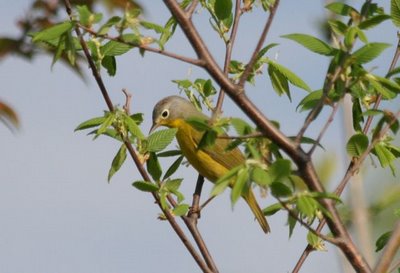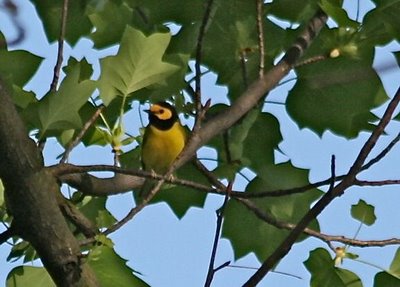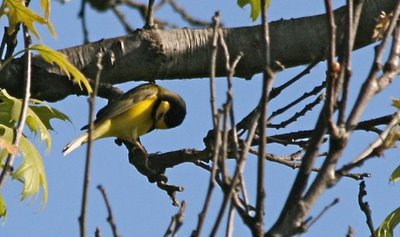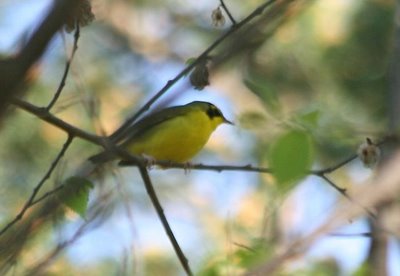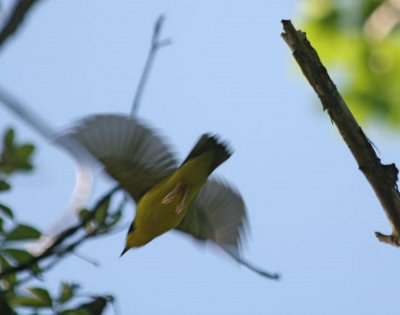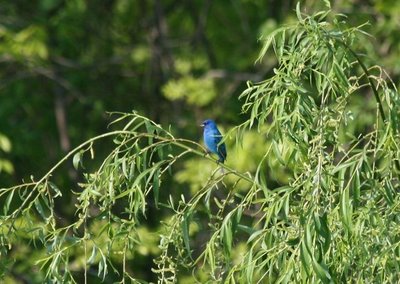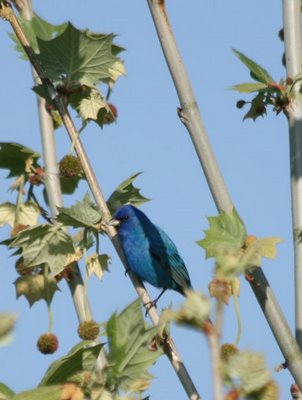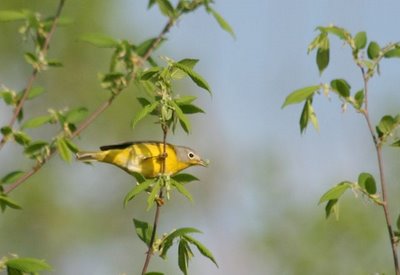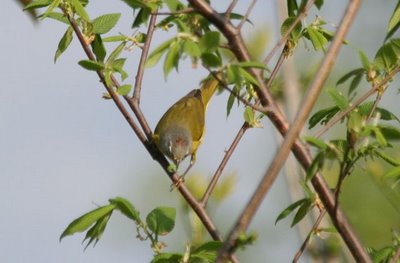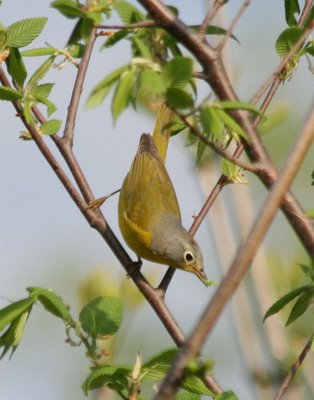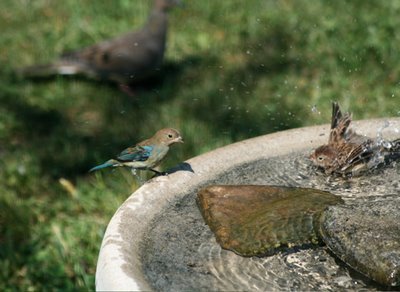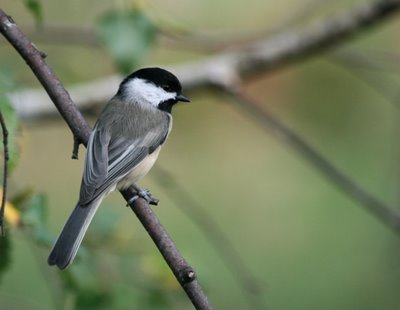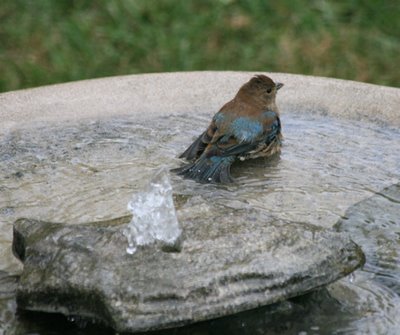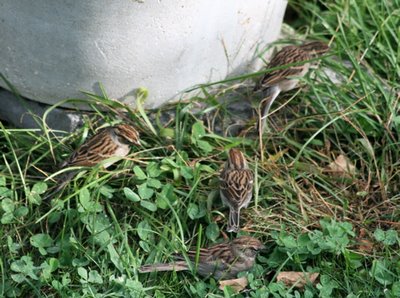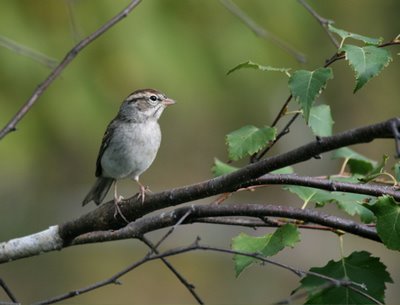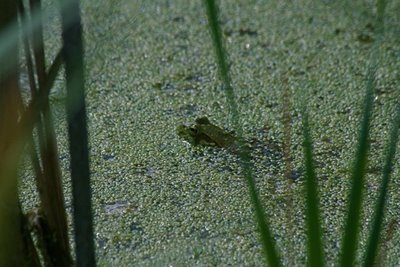
There is a remarkable thing going on in Beaver Creek, Ohio. For twenty years, an extraordinary group of citizens, scientists, teachers and naturalists, all of them de facto conservationists, have been working to save a complex and diverse system of wetlands that winds through this beautiful community not far from Dayton, Ohio. Over 900 acres have been brought under protection in those 20 years, each one of those acres seething with birds, herps, amphibians, insects and a remarkably diverse and intact native plant community. There are fens and streams, swamps and sedge meadows and wet prairies. The Beaver Creek Wetlands Association wants to protect them all, and the priceless aquifer flowing beneath them. A slight slope of the land keeps water flowing through the wetlands, draining into Big Beaver Creek, one of the myriad creeks in Ohio that was "improved" by channelization. We always think we can improve on nature. The BCWA knows perfection when it sees it, and they make contact with landowners to secure conservation easements or outright ownership of the many jigsaw pieces of an irreproducible puzzle.
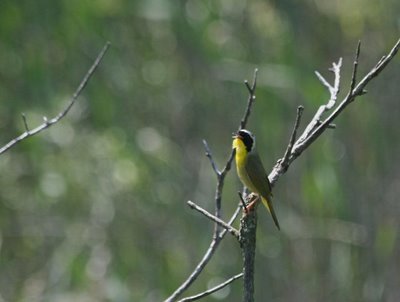
Common yellowthroat, Siebenthaler Fen.
I was honored to be asked to speak at the BCWA's Twentieth Anniversary banquet. Here assembled were biologists, boardwalk builders, weed pullers, land donors (including Mr. Siebenthaler!) and financial backers, all brought together by a common goal. I felt abashed and useless, as I often do in the presence of people who accomplish concrete things in conservation, but I tried to entertain them anyway. The talk went well. I was pampered beyond all reason by my gracious hosts.
Sunday morning, we made an excursion to Siebenthaler Fen, the jewel in the BWCA crown. It's a special sort of wetland that is underlain by a water-bearing gravel deposit left by the Wisconsin Glacier as it melted 15,000 years ago. Cool water continually circulates to the surface, nourishing a plant community that includes cottonwood, sycamore
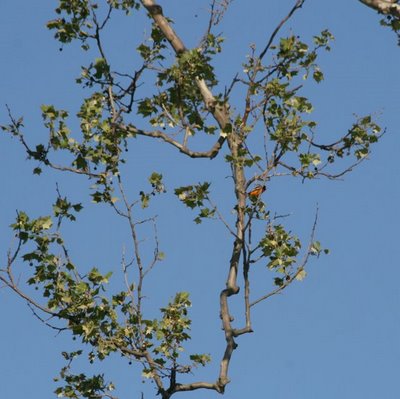
(see the oriole?) and box elder forests, open shrubland dominated by shrubby cinquefoil, swamp rose, willows and dogwoods, and squishy fen with queen of the prairie, sweetflag, bur reed and countless other wetland plants. It's a tremendously exciting and inspiring place to be, especially since the Ohio DNR and BCWA cooperated to build a mile-long boardwalk that winds through all these communities. You can be in the middle of a fen, birding with perfectly dry feet, in habitat that would require hip waders to negotiate. What a gift to give the community. Without the boardwalk, the fen would be all but inaccessible, all its wonders off-limits to any but the hardiest naturalist. With it, those in wheelchairs and strollers can go birding in a marsh.
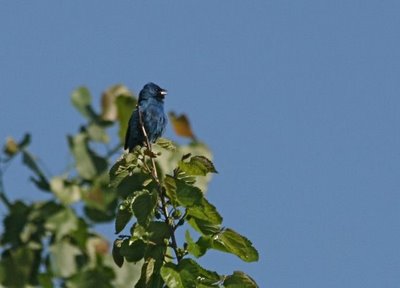
To see landscape and habitat photos from the fen, please go to Nina's gorgeous blog,
Nature Remains. She posted about it ages ago, right after it happened, but it takes a blog ant quite a while to catch up. Nina and her husband Anton came to experience the fen, and it was so wonderful to see them again. Here we are, with Anton behind the camera and the swamp forest behind us.
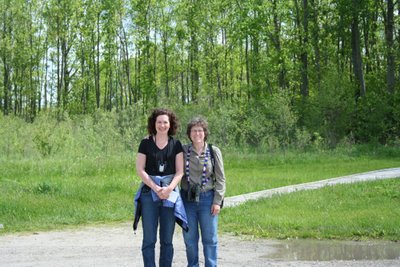 G's Cottage
G's Cottage came, too. I really enjoy meeting people whose blogs I read. You have so little catching up to do.
Birds appeared as if on cue everywhere we walked. A pair of tree swallows was flaunting the obvious intent of the person who built their nestbox.
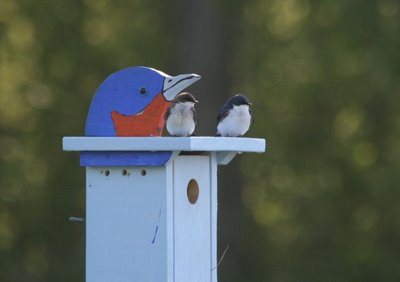
Two indigo buntings were singing in the parking lot, hurling birdy insults--even singing over top of one another. This is the avian equivalent of making a very rude hand gesture.
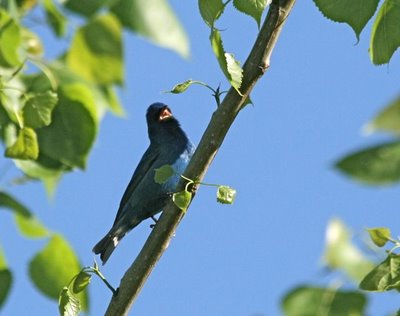
I like this photo, with his mouth lining lit up by the morning sun.
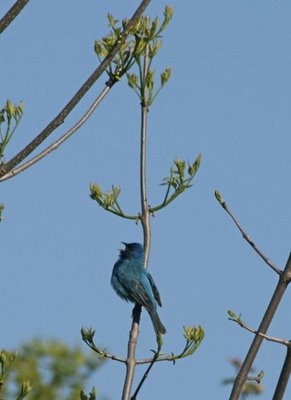
While we waited for everyone to show up, I fired away at the little songboxes, the color of a summer evening sky just before it drains to tangerine.
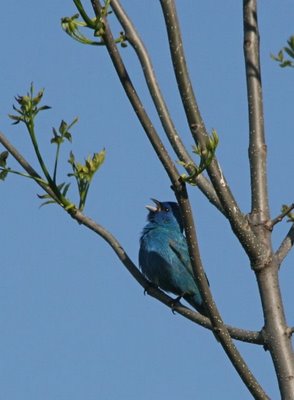
There are certain angles and lights that show indigo buntings to best advantage. I like them best when they're turquoise.
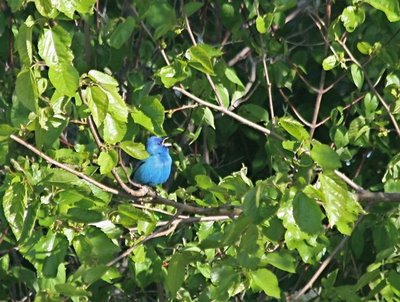
With a lens that goes to only 300 mm., you have to be right on top of your subject to get decent shots.
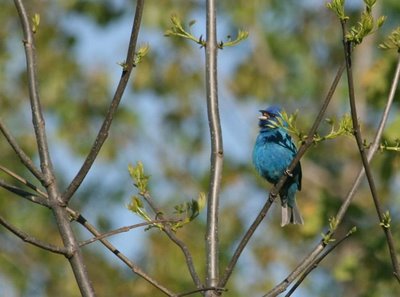
The buntings were so engrossed in their border dispute that they paid little attention to me as I stood quietly near the contested corner. I took a lot of pictures, none of them publishable, except for here. That's what's fun about a blog.
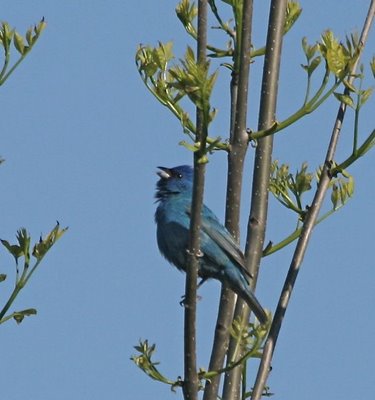
We'll explore more of the fen on Monday. I'll leave you with bunting overload.
I'm preparing to head over to Murphin Ridge Inn tomorrow in Adams County, Ohio, in the heart of Amish country, for a weekend writer's workshop. Boy, that sounds enticing to me, but doh! I'm giving it...I'll do my best to make it fun and informative for the participants. There's still room for people who want to come on Saturday; I'll be giving a morning workshop on nature journaling, and then we'll take a walk with superb naturalist Chris Bedel, ending in a fabulous picnic lunch at the Edge of Appalachia Preserve, a north-meets-south sanctuary where both whip-poor-wills and chuck-will's-widows sing. Saturday evening, I'll talk about
Letters from Eden and the writer's life. It's all happening this Saturday, June 14, at
Murphin Ridge Inn. 
You won't find better, fresh, local gourmet food in Ohio--it's the most gorgeous rural inn, nestled in the hardwoods and fields of Amish country, with the most delicious meals and delightful proprietors. If it sounds enticing, well, it should, and we'd love to see you there. Call 1-877-687-7446 for more information. They're at 750 Murphin Ridge Road, West Union, Ohio.

That last picture in this lineup is me, giving you one-on-one instruction in nature writing. Heh.
Labels: Beaver Creek Wetlands Association, indigo bunting, Murphin Ridge Inn, Siebenthaler Fen, Zickefoose writer's workshop

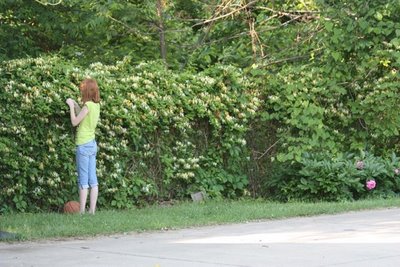 Phoebe drowning in honeysuckle. Photo by her daddy, Bill Thompson III.
Phoebe drowning in honeysuckle. Photo by her daddy, Bill Thompson III.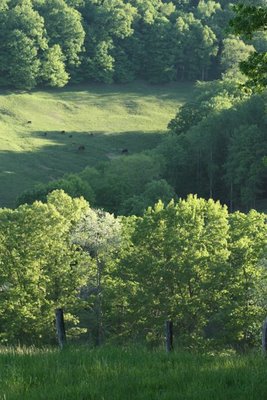
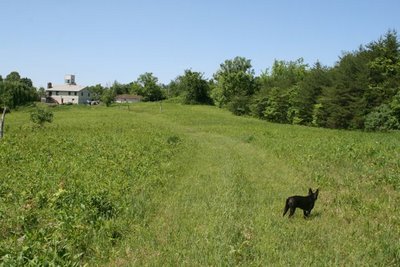
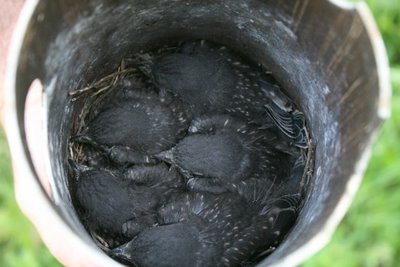
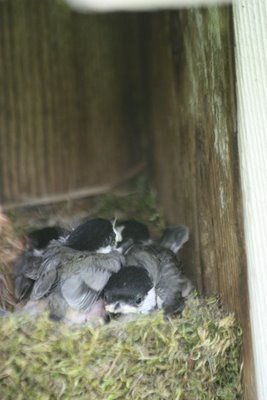
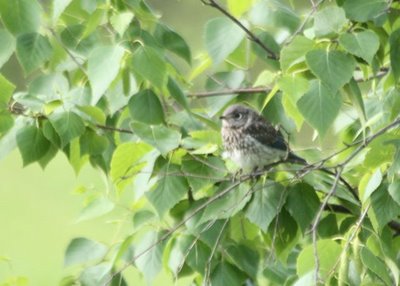
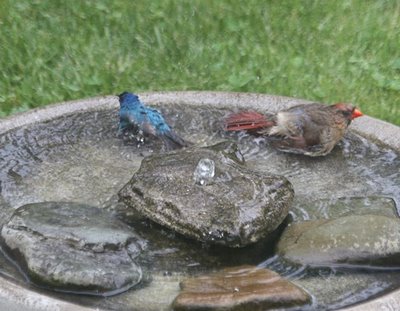
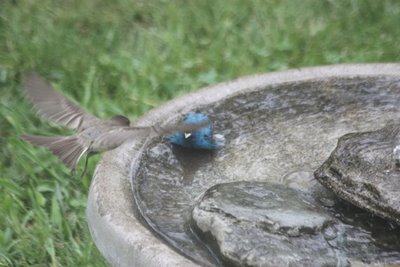
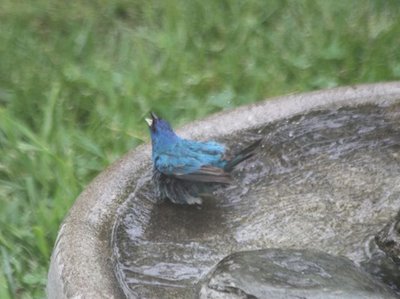 June is overwhelming. I love it so much. I just wish I could take some of this bounty and spread it out through the rest of the year, that's all. I wish June lasted three or four months, so I could take it all in. But everyone's in a hurry, everyone's nesting, everyone's blooming, everyone's singing, and I can't keep up. I just grab little bouquets as I go.
June is overwhelming. I love it so much. I just wish I could take some of this bounty and spread it out through the rest of the year, that's all. I wish June lasted three or four months, so I could take it all in. But everyone's in a hurry, everyone's nesting, everyone's blooming, everyone's singing, and I can't keep up. I just grab little bouquets as I go.














